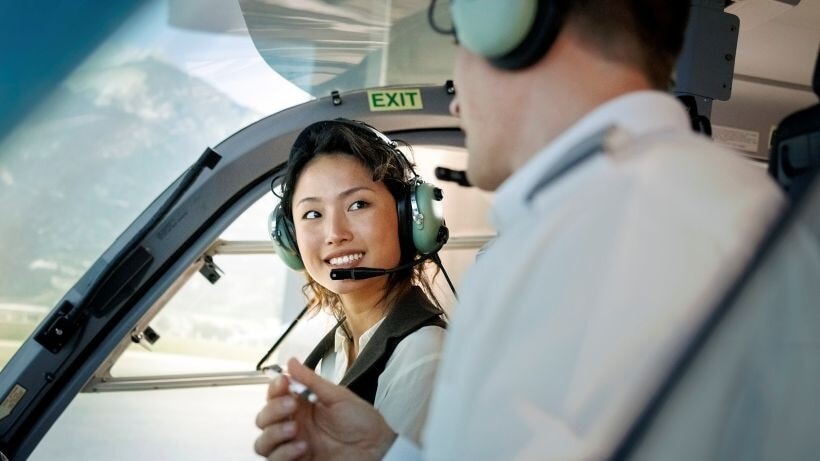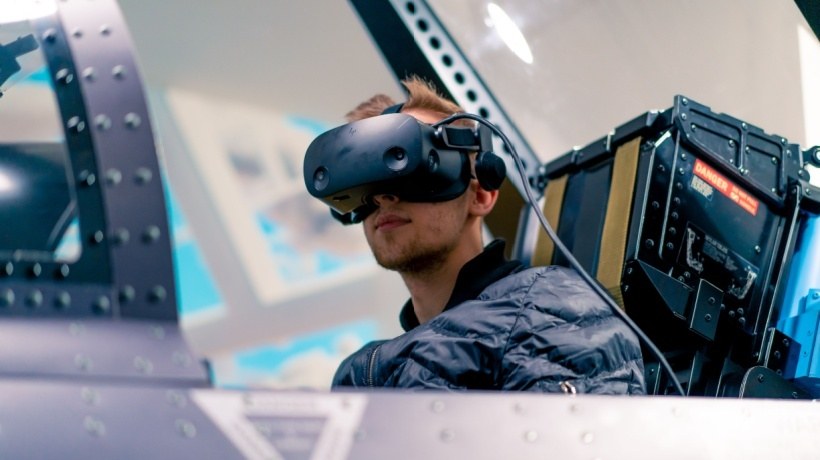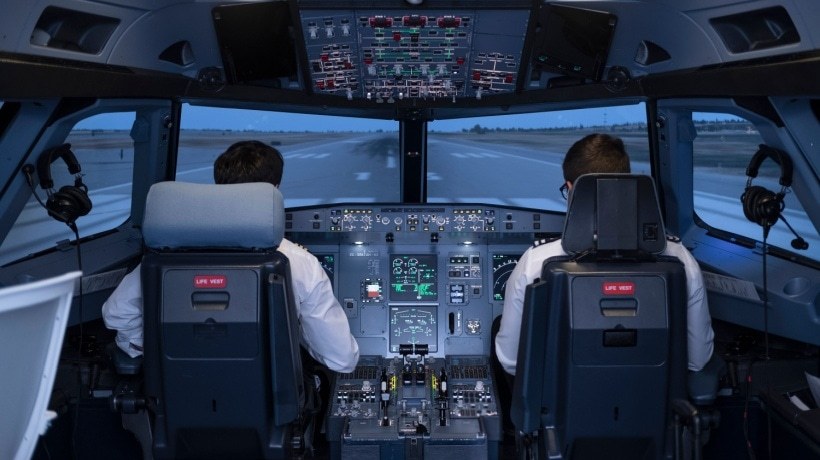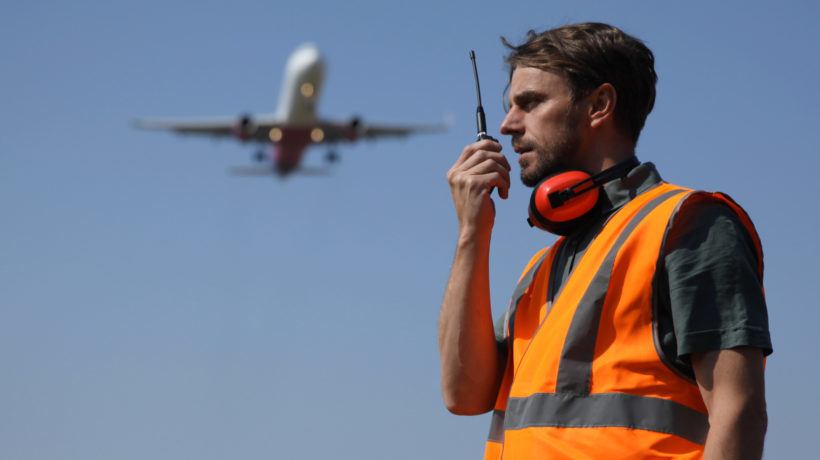Smarter Training For Safer Skies
Safety is the lifeblood of aviation. Airlines and service providers today face a complex web of regulatory, technological, and operational challenges. Training is the linchpin that keeps crews, passengers, and assets safe, yet too often it is fragmented, reactive, and inconsistent.
Recent incidents, from tragic crashes linked to fuel system errors to wheel detachments that forced emergency landings, and near-misses caused by fire events and drone incursions, highlight the stakes. Compliance alone is no longer enough. The industry needs smarter, more resilient learning strategies.
Why Aviation Needs A Smarter Learning Strategy
Regulatory Complexity
Aviation authorities continue to tighten oversight. In the US, the FAA has been vocal about fatigue management and duty-hour limits. European regulators are focused on runway safety and incident reporting standards. In the Middle East, regional hubs are under increasing pressure to maintain compliance across large, rapidly expanding fleets. Aligning training with these varied demands is a significant challenge.
Safety-Critical Precision
Fatigue-related errors, maintenance oversights, and runway incursions remain persistent risks. With the cost of error so high, training must go beyond knowledge checks to scenario-based practice that builds real-world readiness.
Technology Transformation
AI-enabled traffic systems, digital twins, and advanced aircraft technologies are reshaping roles across flight and ground operations. Without agile upskilling, crews may find themselves underprepared for the very systems they must operate safely.
Operational Efficiency Pressure
Tight turnaround schedules at busy European hubs or Middle Eastern transit points leave little time for extended training. Airlines need modular, workflow-friendly solutions that minimize downtime without compromising rigor.
Emerging Risk Categories
From drone incursions in conflict-adjacent zones to cyberthreats targeting navigation systems, the aviation risk landscape is expanding. Training strategies must evolve as quickly as these threats.
Common Training Needs In Aviation
Safety Training
Safety is the nonnegotiable foundation of aviation. Programs must cover both core and advanced practices, ranging from emergency procedures and evacuation drills to situational awareness and incident reporting.
Regulatory And Compliance Training
Mandatory courses aligned with FAA, EASA, ICAO, and local authorities. These include recurrent training on duty-hour limits, equipment checks, and handling hazardous materials.
Maintenance And Engineering Training
Hands-on simulations and refresher courses that help engineers and technicians identify component fatigue, follow inspection protocols, and prevent oversights.
Security And Airspace Safety
With drone incursions and regional conflicts affecting global airspace, specialized training is essential. Middle Eastern carriers, in particular, face growing demands to address these risks in fast-expanding operations.
Technology And Systems Training
Upskilling staff on next-generation aircraft systems, AI-enabled traffic tools, and digital platforms that support efficiency across US and international routes.
Soft Skills And Passenger Experience
Cabin crew and ground staff benefit from training in communication, conflict management, and cultural sensitivity, ensuring passenger trust and service consistency across global hubs.
The Path Forward
In aviation, compliance is mandatory, but building a culture of safety and readiness is what truly sets resilient organizations apart. By investing in targeted, role-specific training that addresses safety, compliance, fatigue, maintenance, technology, and passenger experience, leaders can ensure consistency and confidence across their workforce.
Whether navigating regulatory demands in the US, managing complex hub operations in Europe, or scaling fleets in the Middle East, the mandate is clear: training must evolve to match the pace of change in the skies.
The question is no longer whether to modernize aviation training. It is how quickly leaders can act to protect both people and performance.
Read More:
FAQ
Because aviation depends on strict adherence to safety protocols, continuous training, and error-free operations. Without safety, the entire system is at risk.
Smarter strategies like adaptive training, scenario-based learning, and simulations ensure employees learn relevant skills, apply them in real-world contexts, and retain critical safety knowledge.
Technologies such as Virtual Reality, AI-driven personalization, and mobile learning provide immersive, flexible, and effective ways to train aviation professionals.
They align training content with global aviation standards and regulations, making it easier for organizations to ensure compliance while also tracking and auditing learning outcomes.
Pilots, crew, maintenance staff, air traffic controllers, and ground personnel all gain from targeted, role-specific training that reduces human error and enhances safety.
The future points toward continuous, technology-enabled learning that adapts to evolving regulations, integrates data-driven insights, and fosters a culture of safety across the industry.










